Discover the Exim Token PIXL Partnership, merging real estate and food commodity tokenization to revolutionize Real World Assets investments
Coimex’s Prompt Pay Assurance staking pool achieved a 6.6% return in 90 days! Discover the success story and explore seasonal staking opportunities for continuous earnings.
In line with a management decision, Coimex has permanently ceased all commercial relations and membership acceptance processes with Russia, among the countries where we operate. In the past,…
In foreign trade, escrow is used to ensure the security of both parties in a transaction and protect their interests. During a contract or transaction involving two or…
Recent news about the cryptology and Blockchain technology are highly pleasant. According to the article that was published by bitcoin.com, about 42% of the World’s Best Colleges are…
As an organization that brings a fresh breath of air to the international trade sector, Coimex is undoubtedly revolutionizing the current system. Coimex Foundation, on the other hand,…
